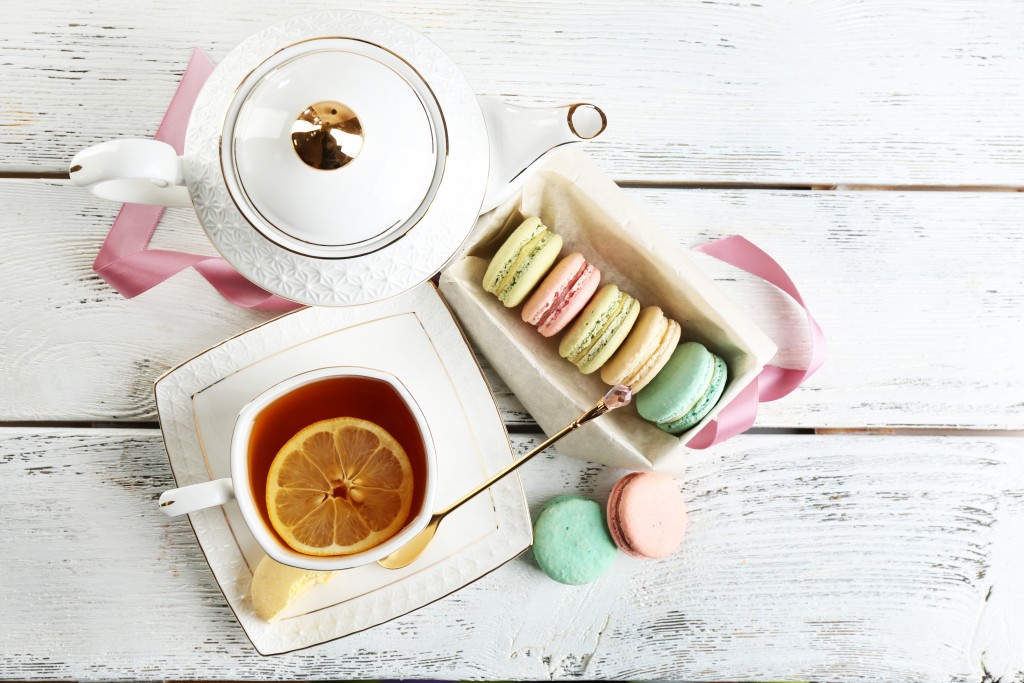Starting a bakery business is an incredibly complex process. Apart from acquiring different equipment like ovens, mixers, and refrigerators, you have to think about logistical concerns like getting a steady supply of fresh baking ingredients. Not to mention finding a space large enough to store everything.
So it’s sort of understandable that you might not give too much thought about what kind of packaging you’re going to use for your baked goods. But choosing whether to pack your products in cardboard boxes or plastic containers has some huge implications for your business.
Paper or Cardboard Packages
Paper products in packaging are becoming more and more common, especially among businesses that are more cautious about their environmental impact. Here are the advantages and disadvantages of using cardboard products for packaging baked goods.
Advantages of Paper or Cardboard
- Paper and cardboard products are more environmentally friendly than plastics. Unlike plastic containers, paper and cardboard packages can be recycled and are biodegradable. If your business wants to decrease its carbon footprint or cater to nature-friendly markets, paper packaging is a suitable option.
- Paper and cardboard are easier to customize with your brand designs. For example, platen die-cutting equipment can create unique box shapes for your products. In fact, there’s a company that specializes in making oven-themed boxes for bakeries. You’ll also have an easier time printing attractive labels directly on boxes rather than on plastic surfaces.
- Paper and cardboard have a rustic and homey feel to them. The scent and touch of cardboard are more comforting than the sterile feel of plastic. Something about receiving baked goods in boxes just innately feels right.
Disadvantages of Paper or Cardboard

- Boxes are not as durable as plastic containers and are unsuited if your product is very moist. Their lack of durability also makes shipping baked goods in cardboard unfeasible as they could disintegrate before reaching their buyers.
- Cardboard or paper packages aren’t as sterile or secure as plastic. If you’re planning on sending boxes across long distances, paper packaging won’t be able to keep out foreign particles like plastic.
- If you have to fold your boxes and packages yourself, it could be less convenient to use cardboard. This is especially true when you’re starting out because employees should have better things to do than folding boxes.
Plastic Packaging
Plastic is still a ubiquitous material and is prized for its convenience, if not its environmental sustainability. However, there have been developments in creating sustainable plastics for bakeries. Check out the pros and cons of using plastic for your start-up bakery.
Advantages of Plastic
- Plastic is more convenient than cardboard. Plastic packages come ready-to-use, and you won’t have to worry about taking the time to fold them up.
- Plastics last a long time, unless they are exposed to adverse conditions. Even biodegradable plastics last longer than cardboard boxes, so you can rely on stored plastic containers to still be usable even after a while.
- Plastics are more secure and cleaner for storing edible products. Unlike cardboard, plastics are usually nearly air-tight, decreasing the possibility of contamination. They’re also ideal for moist products like creampuffs or cakes.
Disadvantages of Plastics
- Plastics can be more expensive than cardboard packaging, especially if you want to customize your packages. Sustainable options could also cost more than non-sustainable plastics.
- Buyers might prefer not to have their food in plastic packaging, such as individuals who want more organic packaging options.
Paper or plastic? Ultimately, it’s your responsibility as a business owner to decide which option is better. It won’t hurt to consider the option that isn’t only good for your business or customer but also the world.




